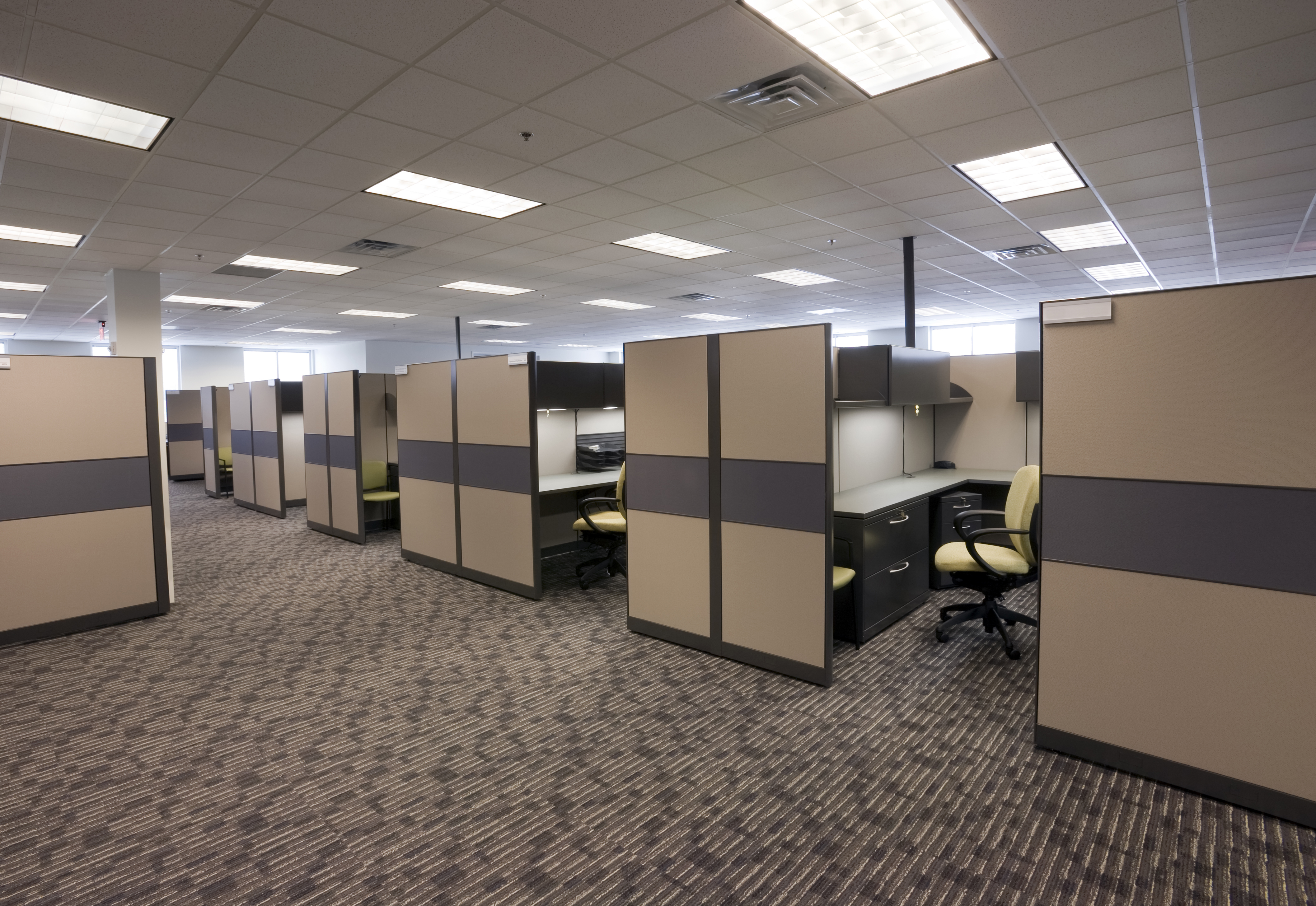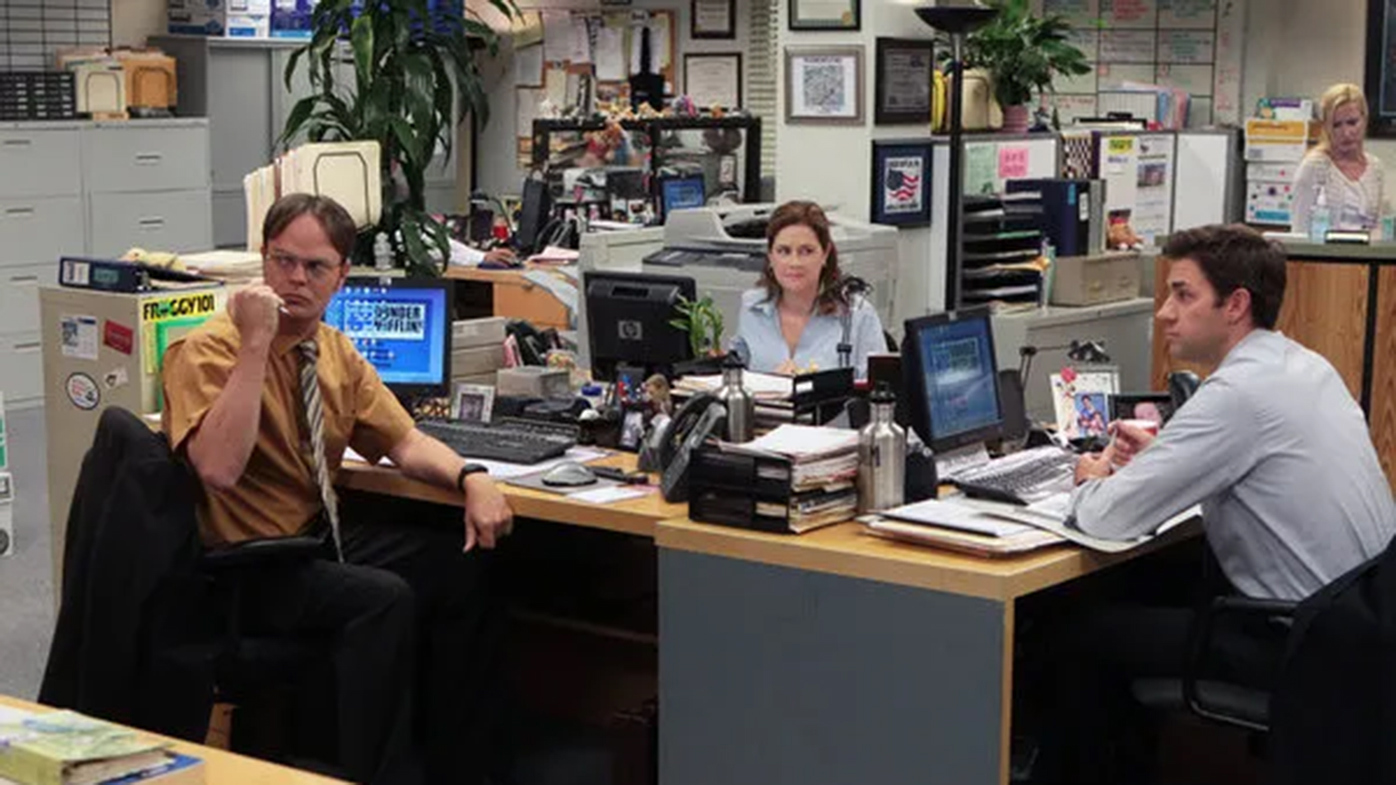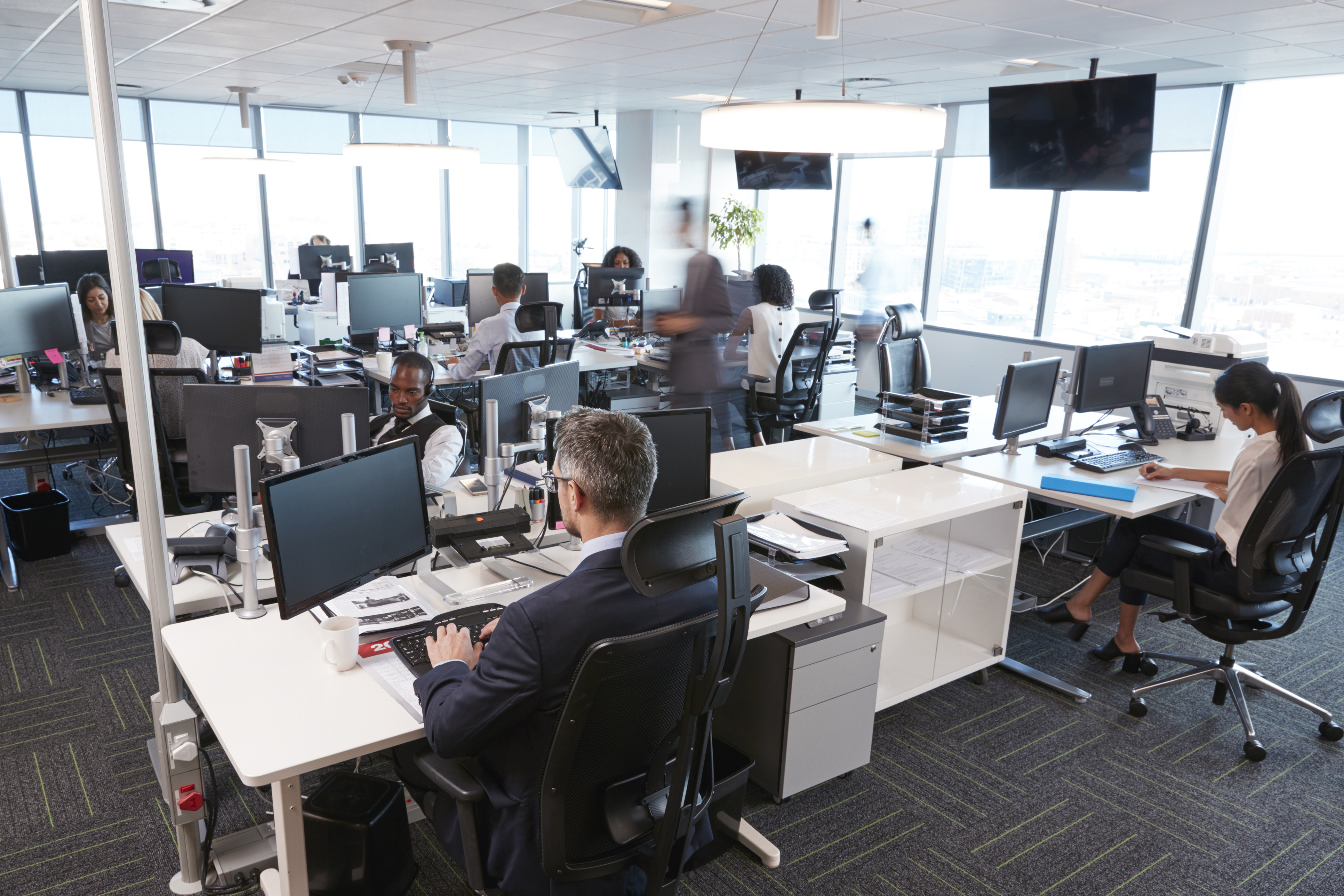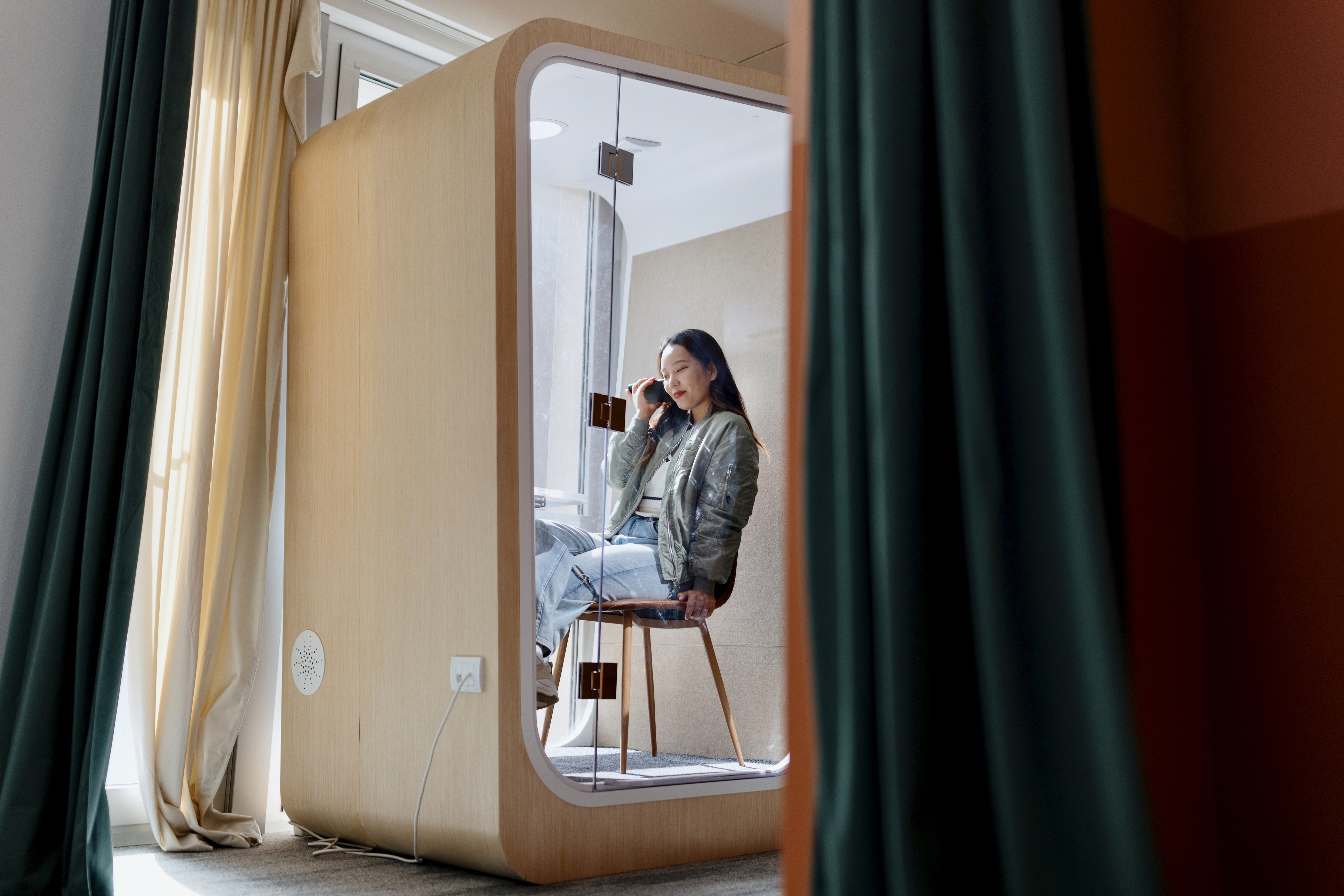The office cubicle once reigned supreme. Could it make a comeback?
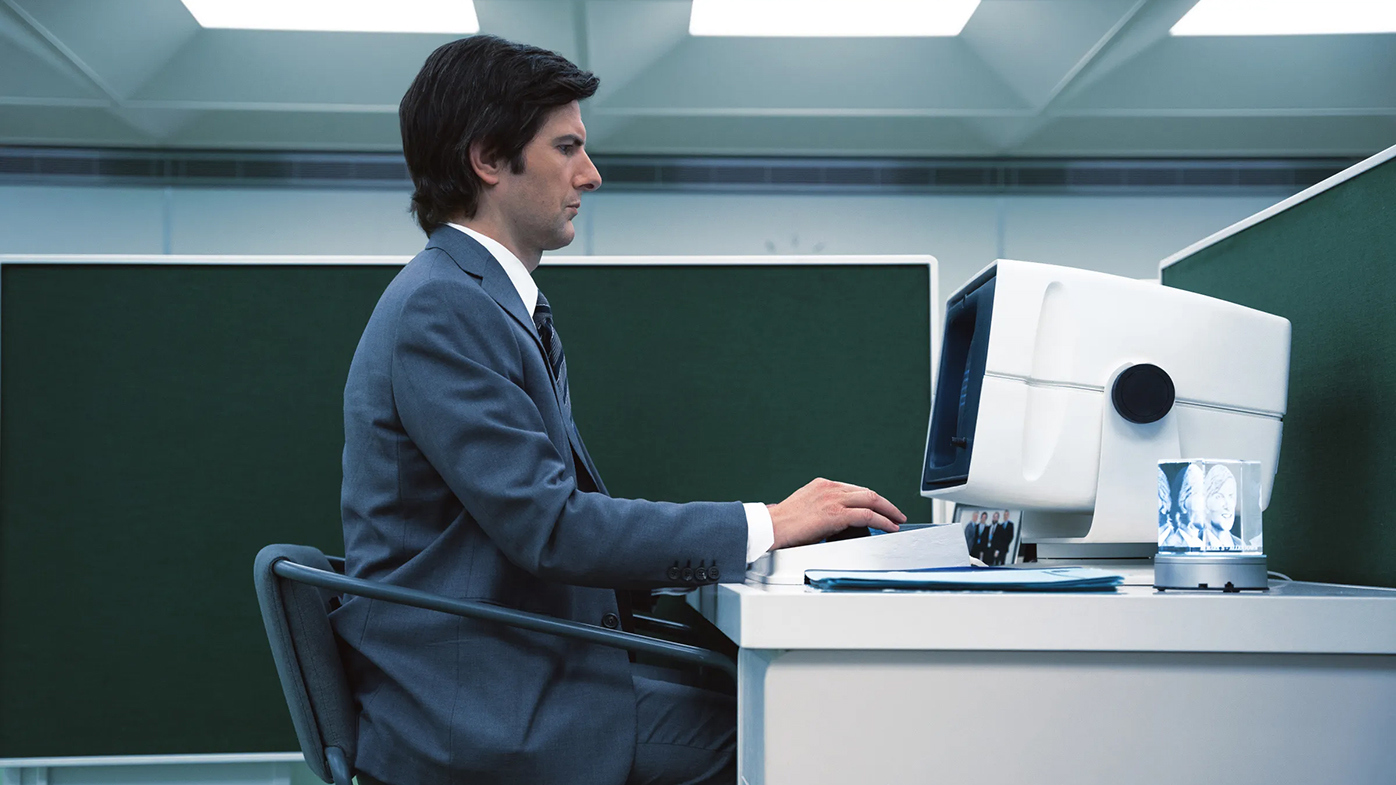
Imagine having your own space at work. For most Australians working in corporate offices, it's a far-off dream.
More than 2.2 million Aussies aged 15 to 24 were employed in July 2025, most of whom have only ever known the chatter and distraction of open-plan offices.
But there was a time – one older members of the workforce still recall – when the cubicle reigned supreme in offices all over the country.
READ MORE: Multiple dead, dozens injured after funicular crash in Portugal
A time before hotdesking and being exposed to every sight, sound and smell in the office was the norm, despite how detrimental it can be to our ability to actually work.
But as businesses try to coax employees back into offices after years of work-from-home (WFH) arrangements, could 2025 be the year Australia finally resurrects the cubicle?
One expert says it's not entirely out of the question.
The death of the office cubicle
Once an Aussie office staple, cubicles were largely phased out by the 2000s.
They were meant to be an affordable alternative to private offices that still gave employees a sense of space and privacy.
But over time, some employees and employers came to view "cubicle farms" as oppressive and isolating.
Many adopted open-plan layouts instead.
Popularised by architect Frank Lloyd Wright, egalitarian open-plan offices would encourage workers to communicate, collaborate, solve problems and generate ideas.
Or so the theory went.
"Unfortunately, it hasn't actually worked out that way," MBA director and Associate Professor of Organisational Behaviour at Bond University, Dr Libby Sander told 9news.com.au.
"If we look at a big body of research over the last 15 years, what it shows conclusively is that just putting people together in one room doesn't make them do all those things.
"In fact, it can often do the opposite."
The open-plan problem
To work in an open-plan office is to be distracted.
Aussie workers report the constant noise makes it significantly harder to get work done, with some saying they can be distracted 80 times in a single morning.
It doesn't even need to be a direct distraction, like being asked a question or roped into a conversation, either.
READ MORE: Danielle was given just months to live. Then came a glimmer of hope
A study Sander ran found that workers exposed to standard open-plan office noise, even over a short period of time, experienced a 34 per cent spike in physiological stress and a 25 per cent increase in negative mood.
"When you couple that with the interruptions and distractions of people actually coming up and talking to you, or having a meeting next to your desk ... it's very, very difficult for people to do focused and concentrated work," Sander said.
"They become more withdrawn, even hostile in some cases ... because they get very, very frustrated that they just can't concentrate."
Research also shows it can take up to 20 minutes to get back on task after being distracted – and that's bad for business.
It's part of why so many Aussies have latched onto WFH arrangements and refuse to let go, even years post-pandemic.
The rise of hotdesking and "activity-based working" hasn't helped either.
While it can work for some industries and roles, even Sander agreed "a lot of people are very unhappy with" having to share desks with colleagues that don't always clean up after themselves – if they can find a desk at all.
Resurrecting the cubicle - or something like it
With many businesses still trying to coax workers back into the office, now seems like the perfect time to address the layout issues that make staff reluctant to return.
"Companies are starting to realise the impact that noise, distraction and interruption actually has on their employee, which is their biggest expense," Sander said.
"And that the savings you make in real estate by not giving everyone their own space, or cramming everyone into an open plan space, doesn't actually pay off in the long term."
READ MORE: Nukes, lasers and 'robot wolves' on show as China flexes military might
But the solution isn't as simple as resurrecting cubicles in every office.
Instead, Sander recommended businesses design office layouts specific to the work employees need to get done.
That could mean cubicles, private offices, or a well-designed open-plan layout with private spaces available.
Some companies have already invested in small, free-standing office "booths" where staff can work without distraction.
It may also mean allowing long-term WFH arrangements; whatever works best for staff just trying to get the job done.
"There isn't a one-size-fits-all answer," Sander said.
"Because ultimately, you need to have a variety of options for people who have a variety of needs."
And with a looming talent shortage, aging populations and declining birth rates, businesses that don't try to meet staff needs risk falling behind those that do.
"As we understand more and more the impact of noise and distraction, we are going to see better-designed offices with better acoustics, more dividers, less open-plan space, so people can actually concentrate and get their work done," Sander said.
"If you're not doing that, your competitors are already doing it or going to do it, and you're going to get left behind."
Have you got a story? Contact reporter Maddison Leach at mleach@nine.com.au
DOWNLOAD THE 9NEWS APP: Stay across all the latest in breaking news, sport, politics and the weather via our news app and get notifications sent straight to your smartphone. Available on the Apple App Store and Google Play.



